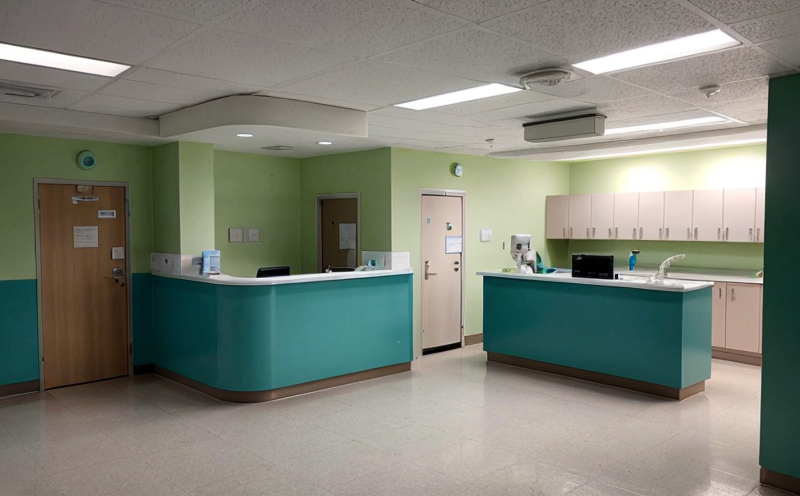USP Water for Pharmaceutical Use in Hospitals Microbiology Testing
The testing of water intended for pharmaceutical use within hospitals is a critical aspect of ensuring patient safety and compliance with regulatory standards. USP defines the microbiological requirements for water used in pharmaceutical manufacturing, including those utilized in hospital settings. This service ensures that the water meets stringent microbial limits as specified by USP , thereby supporting the production of safe medications and medical devices.
In healthcare environments, water intended for pharmaceutical use must be free from microorganisms capable of causing infections or compromising the efficacy of drugs. The testing procedure outlined in USP involves a series of steps designed to eliminate potential contamination before microbial counts are determined. This includes thorough filtration and the application of heat treatments where necessary.
The process typically begins with the collection of water samples from various points within the hospital's plumbing system, such as taps, faucets, and sinks. These specimens are then prepared according to prescribed protocols, ensuring they represent a true reflection of the water quality at each point of use. The testing laboratory uses advanced microbiological methods to identify and quantify microorganisms present in the samples.
Once collected and prepared, the samples undergo several stages of analysis. Initially, they may be subjected to visual inspection for any visible contaminants or discolorations. Following this, a series of dilutions are performed, with aliquots plated onto appropriate media to foster microbial growth. This step allows for the enumeration of viable bacteria, fungi, yeasts, and other microorganisms.
After incubation periods appropriate to the various microorganism types, colonies are enumerated. The results from these enumerations are then compared against established limits set forth in USP . Compliance with these standards is essential for maintaining sterile conditions within hospitals and preventing contamination of pharmaceutical products during manufacturing processes.
Failure to meet microbial limits can lead to significant health risks, including the transmission of nosocomial infections. Therefore, rigorous adherence to USP guidelines ensures not only regulatory compliance but also enhances patient safety by minimizing exposure to harmful pathogens.
The testing service provided adheres strictly to current Good Manufacturing Practices (cGMP) and follows strict quality control measures throughout all stages of sample handling, preparation, analysis, and reporting. This approach guarantees accurate results that can be relied upon when making decisions regarding water quality in hospital settings.
Applied Standards
| Standard Code | Description |
|---|---|
| USP | Microbiological standards for water used in pharmaceutical manufacturing, including hospital settings. |
| ISO 4833-1:2016 | General requirements for the preparation of reagents and reference materials; part 1: Water reagents. |
| ASTM D1193-12 | Standard specification for water used in analytical and physical chemical laboratories. |
Benefits
- Absence of microbial contamination, reducing the risk of nosocomial infections.
- Ensures compliance with USP requirements for water used in pharmaceutical manufacturing.
- Supports quality assurance programs by providing reliable data on water quality.
- Promotes patient safety and confidence in healthcare facilities.
- Enhances reputation through adherence to stringent regulatory standards.
Environmental and Sustainability Contributions
The rigorous testing of water intended for pharmaceutical use within hospitals contributes significantly to environmental sustainability efforts. By ensuring that only pure, uncontaminated water is used in manufacturing processes, the risk of releasing harmful substances into the environment is minimized. Additionally, adherence to USP standards helps prevent waste and resource inefficiencies associated with substandard water quality.
This service also supports broader sustainability goals by promoting efficient use of resources within healthcare facilities. By reducing contamination risks early in the manufacturing process, hospitals can avoid costly recalls and product rejections later on. This not only saves money but also conserves energy and other resources required for production processes.
The testing service ensures that all operations are conducted with minimal impact on the environment while maintaining high levels of quality and safety. Through continuous monitoring and adherence to strict standards, this approach fosters a culture of environmental responsibility within healthcare organizations.





